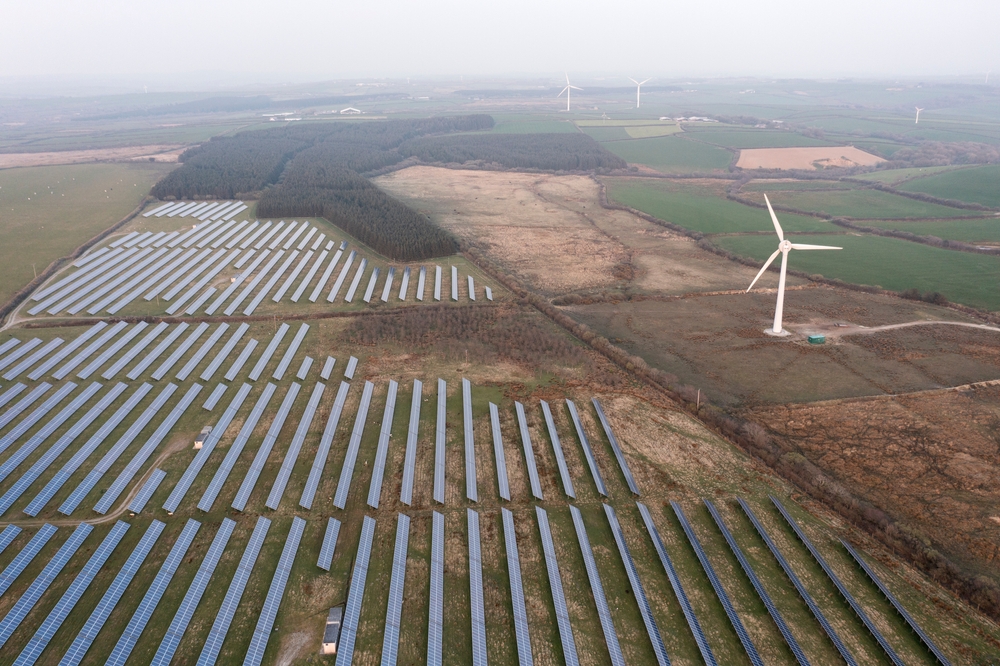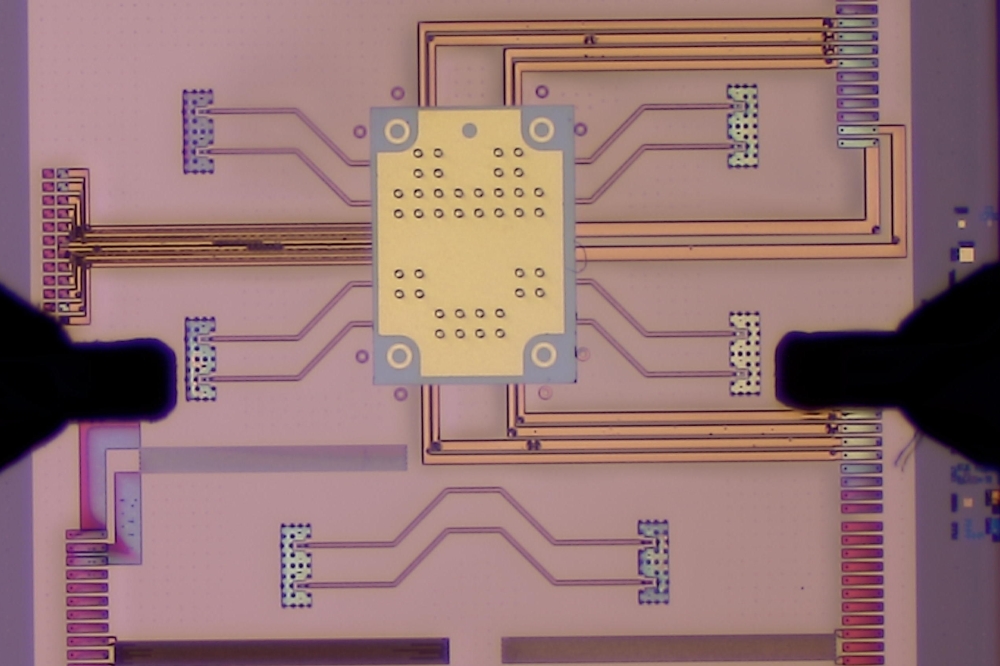Technical Insight
Reversible wafer bonding and backside processing of GaAs (Cover Story Processing)
Fully automated processes such as reversible wafer bonding have the potential to become key enabling technologies for the compound semiconductor industry, claim Paul Lindner, Christian Schaefer, Josh Palensky and Manfred Reiche.
Fully automated wafer bonding for compound semiconductor processing is a novel and highly promising manufacturing technology that supports new ways of processing thin and large wafers. Reliable back-thinning and backside lithography can be performed on GaAs wafers temporarily bonded to a carrier substrate. In all cases, the bonding processes were initially developed through manual handling which is not suitable for volume manufacturing. This article will describe state-of-the art methods and corresponding results of wafer bonding for manufacturing thin and fragile compound semiconductor wafers in an automated system. Aligned reversible wafer bonding to a rigid carrier substrate is employed for optimum handling of thinned wafers in high-volume production environments. Wafer-bonding techniques Wafer bonding is a key technology for the production of MEMS and MOEMS (micro-electro and micro-opto-electromechanical systems) as well as for large-scale SOI (silicon-on-insulator) applications. The most widespread permanent wafer-bonding techniques in MEMS and MOEMS are anodic bonding, fusion or silicon direct bonding and thermo-compression bonding. The latter utilizes interface layers of glass frit, metals for eutectic bonding or adhesives. For SOI wafer fabrication, a reversible hydrophilic bond between a bare Si wafer and an oxidized Si wafer is established. In the subsequent annealing process at around 1100 C the reversible bond is transformed into a permanent bond. Reversible wafer bonding for compound semiconductor applications is a brand new process, which could establish itself as an important enabling technology in the industry. GaAs and other III-V material processes frequently require back-thinning and backside lithography. However, these steps are extremely tricky and sometimes impossible to implement because of the fragility of the materials involved. Reversible bonding One solution to these handling problems is reversible bonding. III-V device wafers are coated and then bonded to a carrier substrate. After this, the device wafer can be handled for back-thinning and backside lithography can be performed. Using a carrier substrate improves the mechanical strength while an intermediate layer bonds and further protects the surface of the device wafer during grinding and polishing. This type of bonding is termed reversible because device and carrier substrates can be de-bonded quite easily once back-thinning and backside lithography have been completed. Different materials, such as sapphire, quartz or even Si wafers, are commonly used as the carrier substrate in reversible bonding. Various intermediate layers are used to form a bond between the wafers; these include spin-on adhesives, laminated dry films and laminated or spun-on waxes. Integrated systems automate the application of these bonding agents. Spin-on adhesives can be applied using spin-coat modules similar to those in photoresist applications, while dry films are laminated with commercially available equipment. A protective film can then be removed for bonding on a de-liner station of the automated bonding system. The typical total thickness variation (TTV) in the above methods ranges from 1 to 10 m. Reversible wafer bonding using high-temperature wax with good TTV requires the layer to be spin-coated in the liquid phase. The results and process steps of a fully automated system for wax bonding will now be reviewed in more detail. The wax-bonding system The bonding system developed by EV Group is used in conventional wax-coating and reversible-bonding processes. shows a photograph of the equipment with a close-up of the proprietary wax-coating module, while (page 66) shows the typical process flow and layout of an integrated cluster-like wax-bonding system. Device wafers and carrier substrates are stored in individual cassettes for automated loading. After optical pre-alignment, the device wafers are coated in a module, and the wax is dispensed at elevated temperatures onto the active device wafer surface. The components used include heated dispense lines, special dispense pumps and a heatable spinner chuck. The thickness of the wax coating ranges from 20 to 100 m. The thickness uniformity of a typical wax layer across a 6 inch GaAs wafer is shown in . The target thickness was 45 m with a remarkable uniformity of better than 4%. The uniformity is further improved during the bonding process. After coating, the device and carrier wafers are loaded into the bond chamber where they are aligned to each other. Special techniques are used for the fine alignment, since carrier substrate and device wafers may be different sizes. After bonding, which is fully software controlled, the wafer pair is loaded into a receiving cassette. Further processing at this stage includes the back-thinning of the device wafer and backside lithography. The bonding force exerted by the wax interlayer can withstand the wafer grinding and chemical-mechanical polishing (CMP). For lithography, the wafer is coated with photoresist, aligned to the photo-mask and exposed. Optical alignment Equipment for later process steps can generally handle wafers mounted on carriers. However, one important difference in the handling, is the optical pre-alignment capability of wafers mounted to a carrier. The diameters of the carrier wafers and device wafers vary, though the device wafer is usually slightly smaller than the carrier. The alignment during bonding provides accuracy better than 100 m and 0.1. The pre-alignment systems of subsequent production tools (such as mask aligners) are set up to pre-align the device wafer rather than the carrier wafer. High-volume production uses mask aligners for backside lithography. Systems have to be specifically tooled for these compound semiconductor applications. Special optics are provided in order to perform backside precision alignment on wafers mounted to a carrier substrate. The bottom-side microscope observes the alignment features of the active device wafer through the transparent carrier substrate. The depth of focus of the mask-aligner microscope has to be changeable. This focal-plane change is performed by utilizing the most accurate and repeatable axis of the alignment stage, rather than by refocusing the microscope. After the backside is processed, the automated de-bonding of the device is supported on the same equipment platform used for bonding with thermal release agents. Conclusions The move towards high-volume production requires the automation of process steps that were initially developed only for manual handling. Successful bonding and de-bonding have been achieved with wax and several other intermediate layers at the highest level of automation available. The subsequent processing of bonded wafers is performed on specialized lithographic equipment that accommodates the accurate pre-alignment of the device wafer. High-volume wafer bonding and de-bonding have been demonstrated and achieved on the EV850 system and could become key enabling technologies for the industry.































